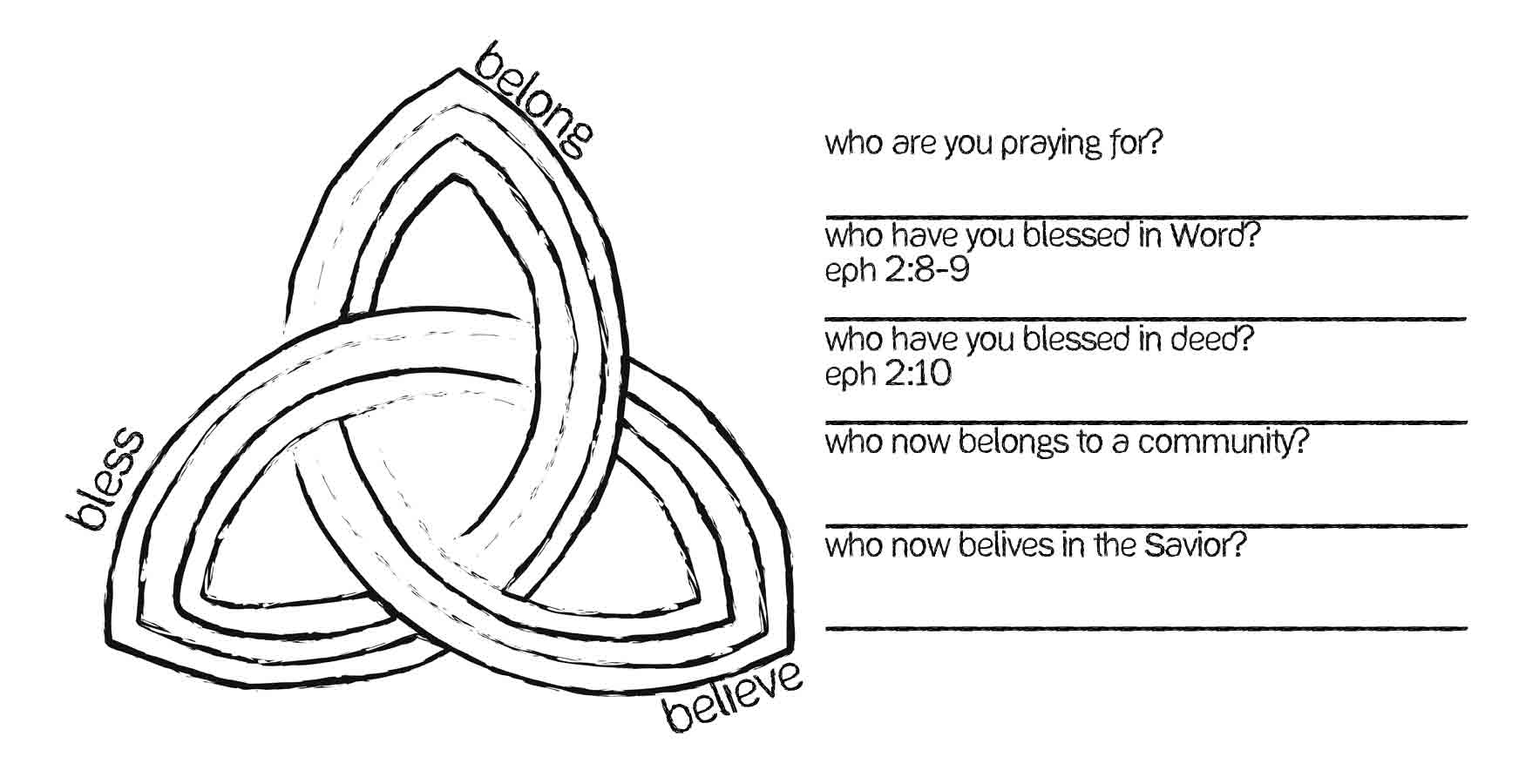Align the Metrics
Metrics must be amended to value pre-evangelistic and sowing activities described in this report. We believe there is value in motivating, celebrating, and monitoring evangelistic activity that takes place throughout a movement. We must count what both staff and students do, across the full range of desirable evangelistic behavior. This measuring can help us to emphasize and value what will most help the lost.
We believe the following guidelines will be helpful in amending our success criteria system to better motivate, celebrate, and monitor the most desirable evangelistic behaviors:
1. Our success criteria needs to be collected consistently, region-wide.
While we appreciate the flexibility we have been given, we think there is value in everyone counting the same things in the same ways.
2. Our success criteria should focus on ministry activity conducted by students.
We believe that students sharing with other students will be the key to reaching our campuses. As such, statistics that only count staff activity do not motivate, celebrate, or monitor the most important behavior.
3. Our success criteria, therefore, needs to be designed with a student audience in mind.
Many of our students feel that counting evangelistic activity calls motives into question. This has to have a very human, not corporate, feel if students are to submit to being counted.
4. Our staff will need help aligning students to having their evangelistic activity measured.
We need to come along side them and provide well-thought-out resources to help them succeed in this alignment.
5. Our success criteria has to motivate, celebrate, and monitor the full range of desirable evangelistic activity.
Sowing to reaping, proclamation to demonstration, natural mode to ministry mode, all need to be valued.
6. Our success criteria needs to be more discerning of genuine conversion.
Many of our indicated decisions are dubious. We need confidence that our metrics are giving us an accurate picture of reality.
Below is one attempt to apply the above criteria at a local campus. Student leaders at Penn State self-report every two weeks at leadership meetings. They use this form to indicate who they have blessed, who now belongs, and who now believes in the Savior.
We have found that “Believe, Belong, Bless†corresponds to our traditional “Win, Build, Send†model, while suggesting greater flexibility in sequence. This seems to better match many students’ experiences. While students generally are built through belonging, many also belong before they believe. Some are even joining us in blessing others before they believe and find blessing and belonging as the gateways to belief.
These categories also help us motivate, celebrate, and monitor broader categories of desirable evangelistic behavior. “Blessing in word†is more than just explaining substitutionary atonement; it’s saying whatever the right thing is to say in any given context. It may include graciously deconstructing a gospel-incompatible worldview, dialoguing to create plausibility structures necessary for faith, or even listening to understand what in the mind of an unbeliever makes Christ appear less beautiful than he really is.
By asking about “Blessing in deed†we affirm the value of demonstrating as well as proclaiming the gospel. For thoughts on what activities are worthy of being counted here please see the appendix, “Assist with Compassion.â€
Asking “Who now belongs to a community?†allows us to measure partial victories that are crucial to long term success. It’s a way to acknowledge the value of first downs, not just touchdowns.
In asking “Who now believes in the Savior?†we are intentionally avoiding the language of “indicated decisions.â€Â We believe our numbers in this category are soft, and that they are giving us an exaggerated picture of our evangelistic success. We are seeking to only record known people, whom we have reasonable confidence have begun a relationship with Christ.
By asking “who†throughout, not “how many†we emphasize that this is about loving people, not earning points.
By counting student activity and having them report individually, we are able to track how many students identify themselves as laborers.
This may not be the final version, but we do believe it is allowing us to motivate, celebrate, and monitor the most desirable evangelistic behavior in ways that will help everyone at Penn State hear the gospel from someone they trust.
To read other people’s comments or enter your own please click here.
